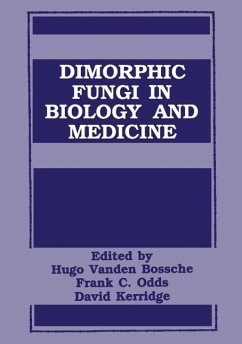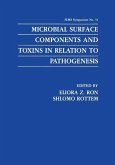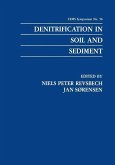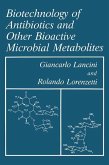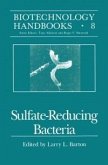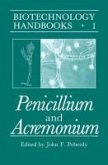Fungal dimorphism is a topic that sounds inherently too rarified to attract more than a specialist audience. Yet some 230 individuals representing an eclectic mixture of interests, from basic science to medical practice, gathered in Churchill College, Cambridge in Semptember 1992 for a meeting devoted only to this subject. The symposium was the fourth in a series "Topics in Mycology" to be jointly organized by the Janssen Research Foundation and the International Society for Human and Animal Mycology. The participants enjoyed a rich and varied diet of oral presentations and poster displays in the field of fungal morphogenesis. This book sets down in print the material presented at the dimorphism symposium. We think that the high quality of these papers conveys very well the flavor of what was an excellent meeting. The selection of contributions in this volume covers very wide ground indeed. Chapters devoted to some non-pathogenic fungi are included, because the scientific basis of morphological development belongs to the fields of cellular and molecular biology: it does not recognize the boundary imposed by considerations of virulence of a fungus for a human host. Yet morphogenetic change in those fungi that do cause human disease frequently appears to be a component of the pathological process: many important pathogens change from a hyphal form in the external environment to a round form in infected tissues. This relationship between dimorphism and pathogenicity is the point of contact between pure biology and medicine.
Dieser Download kann aus rechtlichen Gründen nur mit Rechnungsadresse in A, B, BG, CY, CZ, D, DK, EW, E, FIN, F, GR, HR, H, IRL, I, LT, L, LR, M, NL, PL, P, R, S, SLO, SK ausgeliefert werden.

